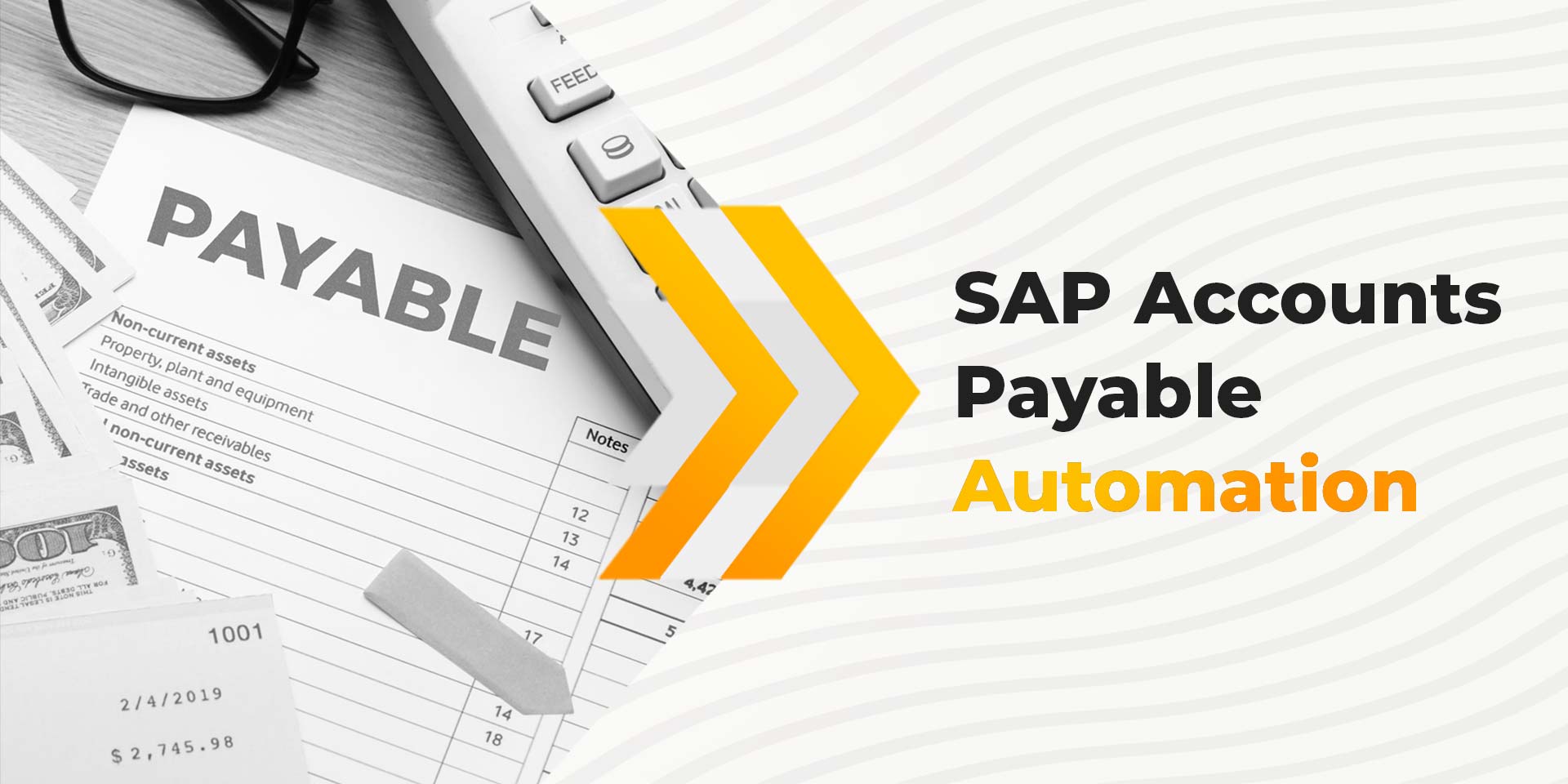Accounting
Automation
Ready to Automate? The Challenges and Benefits of Finance Automation


- Table of Contents
- Introduction
- 5 Common Challenges to Automating Your Finance Processes
- Top 5 Benefits of Automating Your Financial Processes
- Conclusion
Introduction
In today's modern world, finance and technology are two of the most important industries that drive our economy. As businesses demand faster and more efficient ways to manage their finances, automation has become a key component in helping them do just that. Automating financial processes can help companies streamline operations, reduce costs, and improve accuracy for reporting purposes. However, there is still a lot of hesitancy on the part of many organizations when it comes to automating certain aspects of their finances.
5 Common Challenges to Automating Your Finance Processes
Certain challenges come with automating financial processes, and it's important to understand what these challenges are so that you can make the best decision for your company. Here are some of the most common challenges to automating financial processes:
- Complexity
- Risk
- Dependencies
- Ability to Adapt
- Data Quality
One of the biggest challenges to automating financial processes is the complexity of the process itself. Automation requires a great deal of coordination and knowledge to ensure that the process is correctly configured and aligned with corporate goals. This complexity can range from simply understanding the various types of data needed to complete a report, to having an understanding of complex formulas and algorithms for more sophisticated financial models.
One of the other major challenges to automating financial processes is the associated risk. Automation can introduce a significant amount of risk into an organization, including errors and misconfigured settings that could lead to incorrect results. Additionally, automation can also increase the security risk of an organization, as it requires a certain level of access to sensitive data and systems.
Another challenge to automating financial processes is the number of dependencies associated with the process. Automation requires data to be structured in certain ways, and any changes to the data structure can cause problems. Additionally, automation often requires a certain degree of manual intervention, which can be difficult and time-consuming.
Automation can also be difficult for organizations as it often requires a certain level of flexibility and the ability to adapt quickly. A process that works today may not work tomorrow due to changing regulations, market trends, or other factors.
Finally, one of the biggest challenges associated with automating financial processes is data quality. Automation requires data to be accurate, up-to-date, and complete to produce the desired results.
Top 5 Benefits of Automating Your Financial Processes
Despite the challenges associated with automating financial processes, there are some significant benefits to doing so. Here are some of the top 5 benefits of automating financial processes:
- Increased Efficiency
- Increased Accuracy
- Increased Security
- Reduced Costs
- Improved Visibility
The primary benefit of automating financial processes is increased efficiency. Automation eliminates the need for manual intervention, which can be time-consuming and error-prone, saving companies time and money. Additionally, automating processes reduces the amount of data entry required to complete a task, as well as simplifies complex tasks that would otherwise require a great deal of expertise.
An additional benefit to automating financial processes is increased accuracy. Automation eliminates the potential for human error, helping companies ensure that their reports are accurate and up-to-date. Automation also helps automate processes such as budgeting, forecasting, and cash flow analysis, helping companies make more accurate decisions about their finances.
Automating financial processes can also help to improve the security of an organization's financial data. Automation requires a certain level of access to sensitive systems and data, so the process must be configured properly and securely. Additionally, automation can reduce the risk of errors and misconfigured settings, helping to improve the accuracy and security of financial information.
Automating financial processes also helps to drastically reduce costs associated with manual processing. Automation reduces the amount of time and labor required to complete tasks, as well as the amount of data entry, eliminating the need to manually process transactions.
Finally, automating financial processes provides increased visibility into a company’s finances. Automation allows for a more detailed analysis of financial data, providing a better understanding of the overall financial health of an organization. Additionally, automation provides real-time updates on performance, allowing companies to quickly respond to changes in their financial situation.
Conclusion
Automating financial processes can be a powerful tool for any organization looking to improve its financial performance and security. However, before adopting an automation solution, organizations should take the time to consider all of the challenges associated with automating these processes.
By taking into account the potential benefits and risks, companies can ensure that they make the right decision when it comes to automating their financial processes. With the right automation solution in place, companies can enjoy increased efficiency, accuracy, security, reduced costs, and improved visibility into their finances. Ultimately, this can help them make better decisions about their finances and ensure that they remain competitive in an increasingly digital world.






